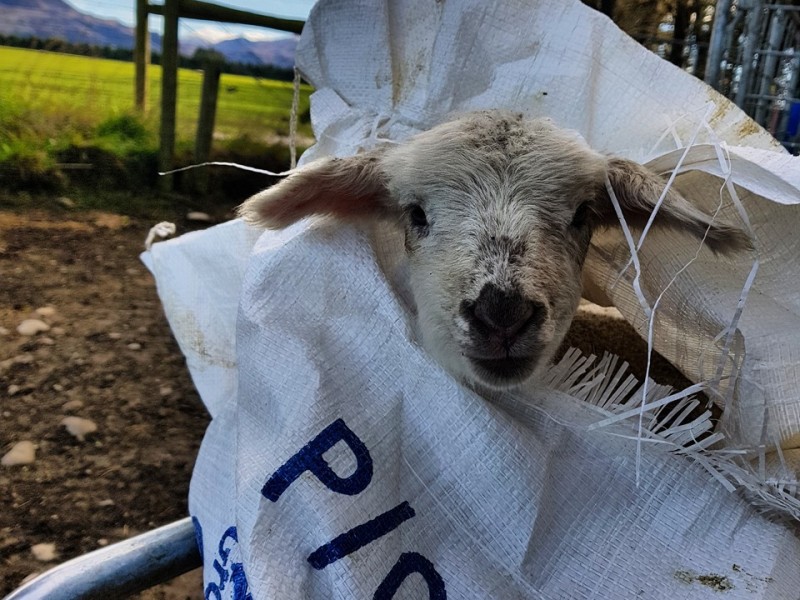Farmers across the Canterbury region have seen an increase in twins and triplets in lambing this season.
Some have seen an improvement of up to 20 percent and are expecting double the number of triplets compared to other years.
Anna Boyd, from Beef + Lamb NZ, said this increase can be for a variety of reasons.
"The primary factor was probably the warmer and wetter than average autumn season that the Canterbury region experienced"
This resulted in better grass growth, meaning ewes were in better condition and increased their fertility.
North Canterbury farmer, Jono Schwass said that higher lambing percentage means more management and feed is needed to keep both the ewes and lambs alive.
Triplet bearing ewes are also more likely to get sick and farmers will need more feed to keep their energy levels up. Illnesses, such as sleepy sickness, can not only result in abortions but also death of the ewe.
"You are putting in a lot more effort and can become hard to manage [when rearing multiples]," said Jono "but if you have high survival rate it can be worth it for farmers".


